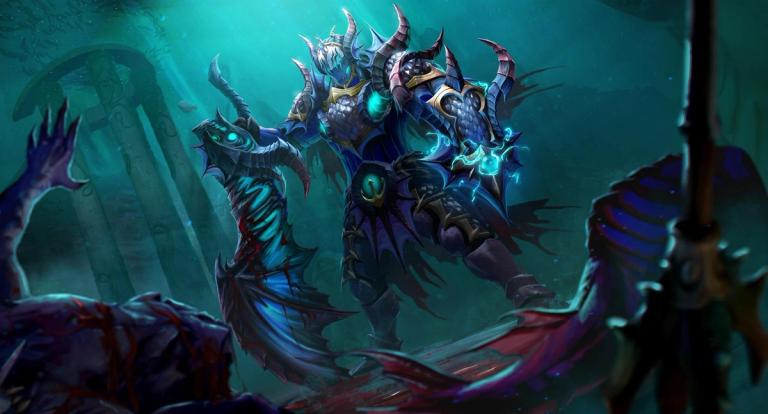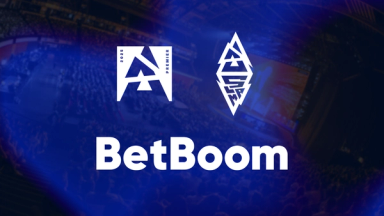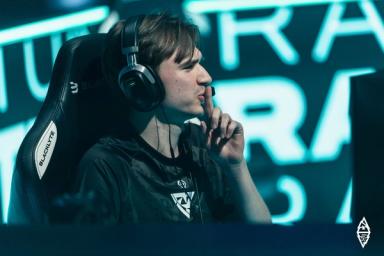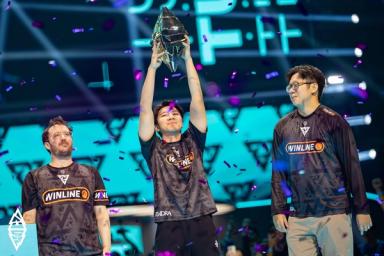Dota 2: The Fallen Meta Heroes


Dota 2 boasts over a hundred heroes for players to explore. Frequent patch updates ensure that the game’s meta evolves constantly, reshuffling which heroes rise to prominence.
While some overlooked Dota 2 heroes make a triumphant return to the meta, others, unfortunately, fade into obscurity.
Occasionally, these unsung heroes reclaim relevance around specific tournaments.
However, in recent years, this trend has become less common, with some heroes still struggling to find their place in the ever-changing Dota 2 meta.
In this article, we’ll take a closer look at a few heroes who have fallen out of meta and explore the reasons behind their decline.
Read: Everything you need to know about Dota 2's newest hero Kez
Juggernaut
It has been quite some time since we last saw the iconic masked swordsman, Juggernaut, making waves in public games or professional matches.
Once a promising pick, especially when facets and innate abilities were introduced, Juggernaut has now faded into the background of the current meta.
 One of Juggernaut's rare skins.
One of Juggernaut's rare skins.Several factors contributed to Juggernaut's diminished presence. When innate abilities and facets were first added to the game, Juggernaut’s innate stood out as one of the strongest, rivalled only by Legion Commander.
However, as players began to exploit this strength, the hero was hit with successive nerfs in subsequent patches. These nerfs had a significant impact on his gameplay.
Despite his naturally high attack speed, Juggernaut now struggles to deal meaningful damage—a fatal flaw for a hard carry hero in Dota 2.
A hard carry with insufficient damage output becomes a liability for their team, making Juggernaut a less attractive pick in the prevailing meta.
Another issue lies in his itemization. The items Juggernaut typically relies on, such as Battle Fury, Manta Style and Maelstorm all got nerf in the following patches.
Additionally, his ultimate ability, Omnislash, does not scale effectively into the late game, further reducing his effectiveness.
Finally, the current meta poses a significant challenge for Juggernaut. Many of the most popular heroes in the meta directly counter him, either through superior mobility, crowd control, or the ability to tank his damage output.
As a result, Juggernaut has struggled to find a foothold in both public and professional matches.
Sven
Sven was once one of the most contested heroes following the introduction of facets and innate abilities. However, he has since become a rare sight in public games and professional Dota 2 matches, especially in the current meta..
During his peak, Sven was one of the flex Dota 2 heroes. He was highly sought after as both a safelane carry and a support, though his primary role gravitated towards the latter.
 Sven's coolest skins.
Sven's coolest skins.The reasoning behind this was largely due to the sustainability-focused meta at the time, where Sven’s Warcry ability provided much-needed armour to him and his allies.
As a result, it made him a valuable asset in team compositions when he combined this ability with aura-items.
As the meta evolved, Warcry was subjected to several nerfs across multiple patches. While Sven remained somewhat viable for a time, these changes gradually eroded his effectiveness.
Sven managed to outrun the patch nerfs for a while, but his downfall ultimately came from a different source – Dragon Knight.
When Sven's role as support got nerfed, players started to play him again as a safelane carry. However, they quickly realized Sven fell off as the game progressed.
Nevertheless, the players found another hero which could be a better variant Sven – Dragon Knight. They quickly found out that DK scales a lot better than Sven and can come online much quicker than him.
As a result, Sven ran out of favour as players gravitated towards Dragon Knight.
Faceless Void
We have not seen Faceless Void for quite some time and there are several reasons behind this. Faceless Void offers an enormous potential to turn around skirmishes with his ultimate ability.
However, despite his theoretical strengths, he has struggled to find a place in the current meta.
 Faceless Void used to one of the most OP heroes in Dota 2.
Faceless Void used to one of the most OP heroes in Dota 2.As a carry hero, Faceless Void's facets offer significant utility to his team but come with vulnerabilities that are easy to exploit.
When played as a support hero, Faceless Void often utilizes the Time Zone facet to provide utility and control.
However, this strategy is heavily countered by items such as Boots of Bearing, or a Crimson Guard, allowing opponents to obliterate its effects. This renders Void's ultimate, which has a nearly two-minute cooldown, obsolete.
It's a different story for Faceless Void as a core Dota 2 hero which has its own challenges. He relies heavily on farming items like Midas or Maelstrom or a Battlefury to enhance his farming efficiency and scale into the game.
Unfortunately, these items have been nerfed repeatedly, reducing their effectiveness.
In the current patch, the meta is dominated by lockdown-heavy heroes. This further exacerbates Void's vulnerability, as he needs to be agile to fully leverage his abilities.
Many players saw the potential in the hero, but he is not the right piece of the puzzle for the current meta.
The dominance of heroes who can consistently lock down opponents, combined with his reliance on long-cooldown abilities and nerfed farming items, has pushed Void into obscurity.
Spectre
There was a time when picking Spectre as a safelane core almost guaranteed an effortless victory. Unfortunately, those days are long gone. Nowadays, Spectre finds herself among the lowest win-rate heroes in Dota 2.
Despite receiving a rework in recent years, Spectre remains a difficult hero for many players to master.
Her success heavily depends on understanding and executing efficient farming patterns—something that the average Dota 2 player often struggles with.
 Spectre has one of the most beautiful skins in Dota 2.
Spectre has one of the most beautiful skins in Dota 2.Without mastering these patterns, players find it challenging to unlock Spectre’s full potential, leaving her underwhelming in most matches.
Spectre's itemization has been another significant obstacle. For quite some time, the hero has lacked an optimal build path, making her less effective compared to other hard carries.
In Dota 2 patches where items like Orchid Malevolence and Disperser were meta staples for hard-carry heroes, Spectre thrived.
These items aligned perfectly with her playstyle by enhancing her single-target pick-off potential.
However, as the meta shifted and these items fell out of favour, so did Spectre's viability. The current meta further compounds Spectre’s struggles.
Players now prioritize heroes that enable frequent skirmishing and thrive in cohesive, team-oriented strategies.
This playstyle leaves little room for Spectre to execute her traditional tactic of isolating and picking off targets across the map.
Lycan
Lycan has been out of the meta for quite some time. This hero has fallen out of favour among both professional Dota 2 players and the average player base. Once a fearsome wolf, Lycan now feels more like an adorable poodle, and several factors have contributed to this transformation.
Lycan is a heavily tempo-based hero, and his success relies on dictating the pace of the game from the laning stage onward. If he fails to dominate early, Lycan has no reliable way to recover or scale into the late game.
 The big bad wolf of Dota 2 is now an adorable poodle.
The big bad wolf of Dota 2 is now an adorable poodle.While tempo remains an influential aspect of the current meta, it doesn’t work in Lycan’s favour. Other tempo-based heroes offer more versatility, flexibility, or tools to stay relevant in later stages of the game, leaving Lycan behind.
One of Lycan’s biggest weaknesses is his inability to bounce back if he falls behind. Unlike other heroes with farming tools or scaling abilities, Lycan’s kit is centred around early-game aggression and momentum.
If that momentum is disrupted, the hero becomes ineffective, creating a significant liability for his team.
Another significant issue for Lycan in the current patch is the dominance of heroes with lockdown abilities and heavy damage output.
These two factors are Lycan’s greatest drawbacks and have contributed heavily to his fall as a popular pick in the Dota 2 meta.
Lycan thrives when he can kite around his enemies and carefully analyze skirmishes before pouncing on isolated prey.
However, the current meta is dominated by heroes with strong lockdown skills and overwhelming burst damage.
In addition to that, teams tend to stick together more often on the map, making it nearly impossible for Lycan to exploit his strongest playstyle of isolating and picking off targets.
However, as mentioned above, the patches in Dota 2 are ever-evolving. Maybe these aforementioned heroes' time will come sooner rather than later with the upcoming patch update. Only time will tell.





 Tundra Esports
Tundra Esports
 MOUZ
MOUZ
 Team Yandex
Team Yandex




